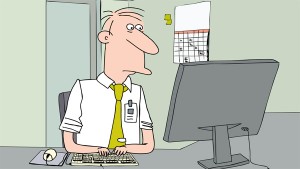Announcing the 2011 Ted Rall Subscription Service, a great way to support my work and receive my work before anyone else, directly in your email in box.
For a full year, at a price of $30 total, you receive all my cartoons and columns by email–some of them days or even a week in advance before they appear anywhere else.
In addition, subscribers receive half off on purchases of original artwork. Also, for this year, you can get a copy of my upcoming book about Afghanistan, signed, mailed to you free within the USA, no handling charge.
Click the link above for payment details. You can pay via PayPal or snail mail.

